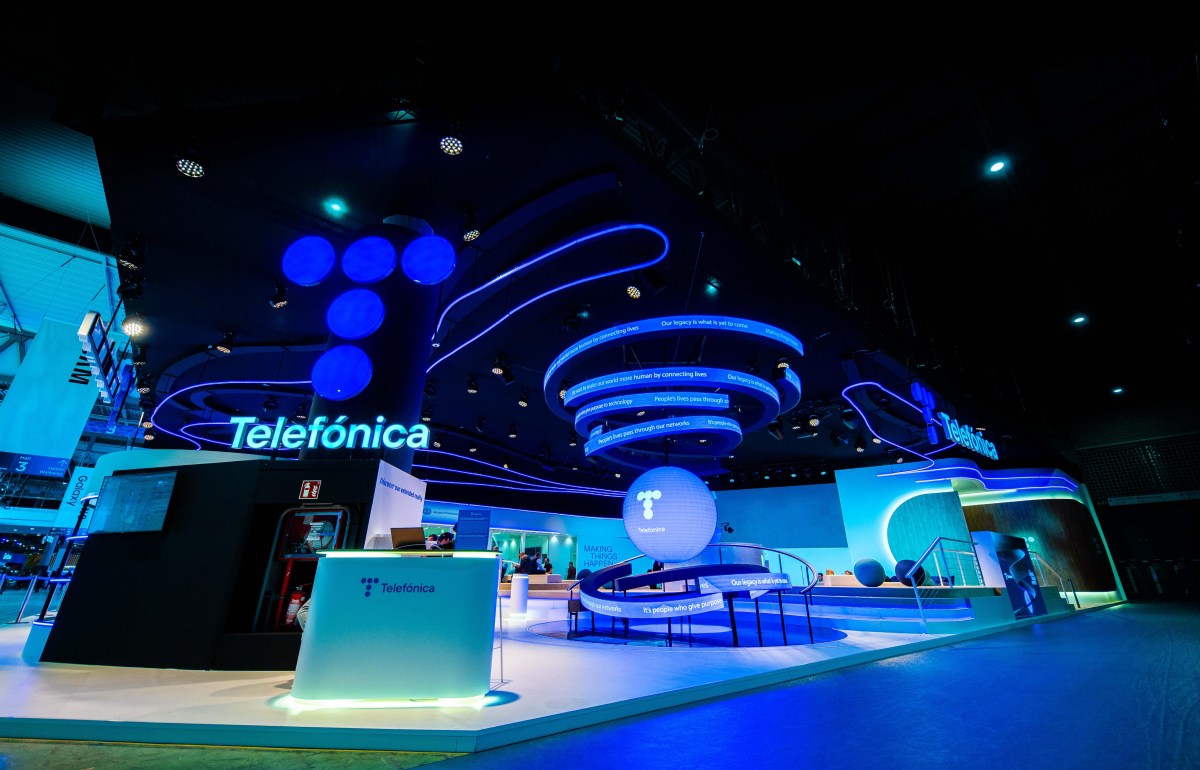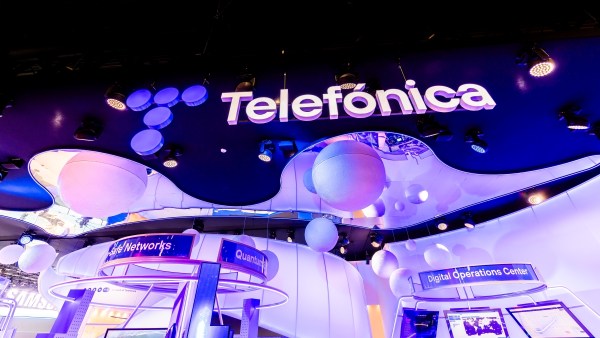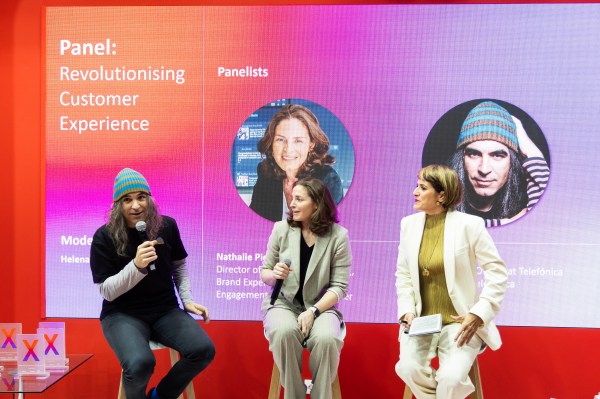Meet “LaCabina”, Telefónica’s new centre of technological inspiration.
Telefónica has presented at the Mobile World Congress a new space called ‘LaCabina’, which is part of the Telefónica Innovation and Talent Hub. This centre of technological inspiration aims to bring the latest advances in digitalisation to companies and public administrations. With an area of 2,000 m2, ‘LaCabina’ has more than 180 fully operational scenarios to showcase technologies such as cloud, the IoT, artificial intelligence, Big Data, blockchain and cybersecurity. It also has state-of-the-art audiovisual facilities and the most advanced capabilities in 5G mobile networks and fibre optics.
The space is compartmentalised to be multifunctional, divided into several areas, such as an agora, a virtual set, hybrid classrooms, virtual reality training and content production environments, workrooms and sector environments. ‘LaCabina’ seeks to maximise the experience of each visit, so it has a series of predefined technological routes grouped according to the main areas of interest, such as industry, Smart Retail, people, education, safety, Smart building and Smart cities.
According to Agustín Cárdenas, director of business transformation at Telefónica Spain, “We have created ‘LaCabina’ so that organisations and institutions can learn first-hand about the latest technologies, participating in pilot projects where they can see how these advances materialise in real applications”. The aim is to offer tangible innovation and allow visitors to see how these technological advances are applied in different sectors and activities.
5G drone demonstration
Telefónica has developed the first case of 5G-connected drone bundles delivery in Spain. The project uses technologies such as C-V2X (connected car) and RTK to assess how the 5G network can facilitate the development and deployment of drone services in urban environments. The pilot involves the flight of several drones that communicate with each other and with different connected urban elements to deliver a bundle to a mobile collection point, encountering another drone or a notice of a restricted area in its trajectory. The project is part of the Telefónica 5G Madrid proposal, with the collaboration of other companies specialising in technology and communications. Technologies used include 5G, C-V2X communications, RTK technology and mobile location. 5G technology is key for the development of drone-based use cases, as low latencies are decisive for real-time and cooperative communication between drones and drone-connected objects.
Current situation of the industry and accelerating change
This presentation was made by Geoprom, a company acquired by Telefónica that is dedicated to industrial automation engineering. In it, they laid out the importance of knowing the data of production processes to maximise real-time decision making.
Accelerating change is only possible if we can understand what is happening to customers. Information gathering problems result in much more time and cost being spent on obtaining the same information, leading to delays in real time decision making.
To solve this problem, what is called a ‘control tower’ is offered, a system that makes decisions based on the data obtained in its production process. In this way, data becomes a company asset that helps it to be more competitive.
This real-time data is obtained through hardware connected to the machinery involved in the processes in order to sort and store it for later analysis and use in subsequent decision making. All the information analysed can be provided in the form of multi-device reporting or dashboards, which is vital for decision making.









